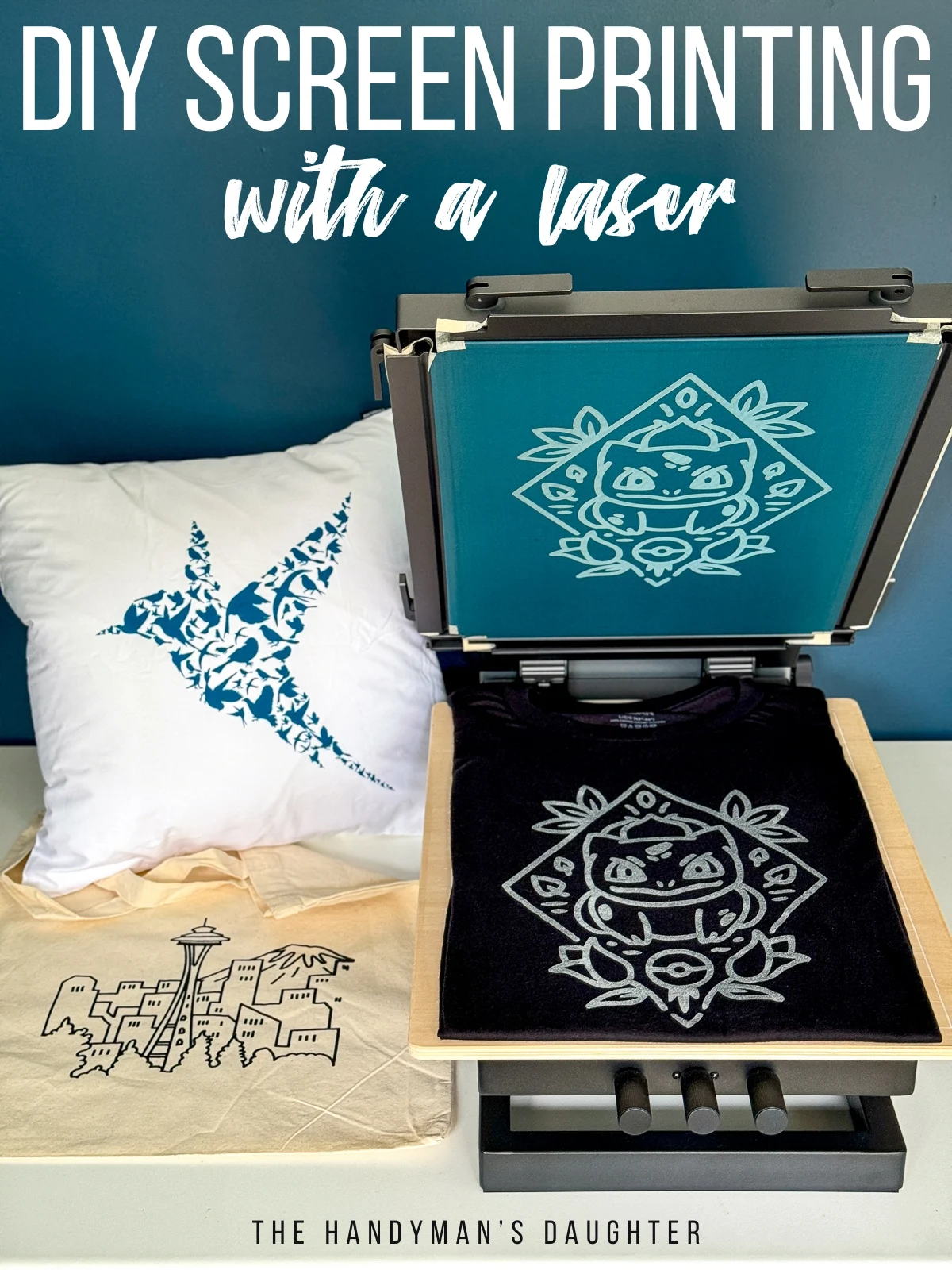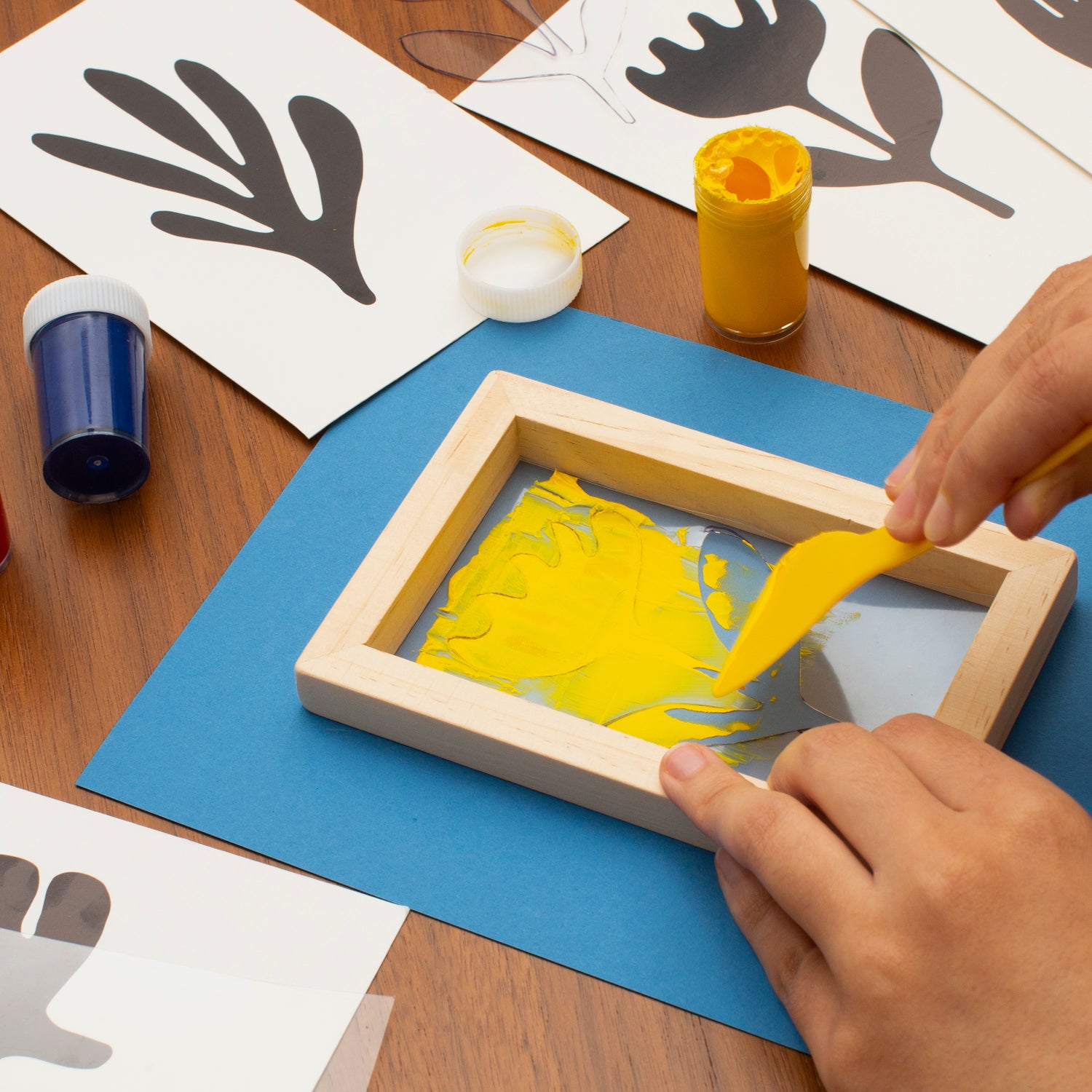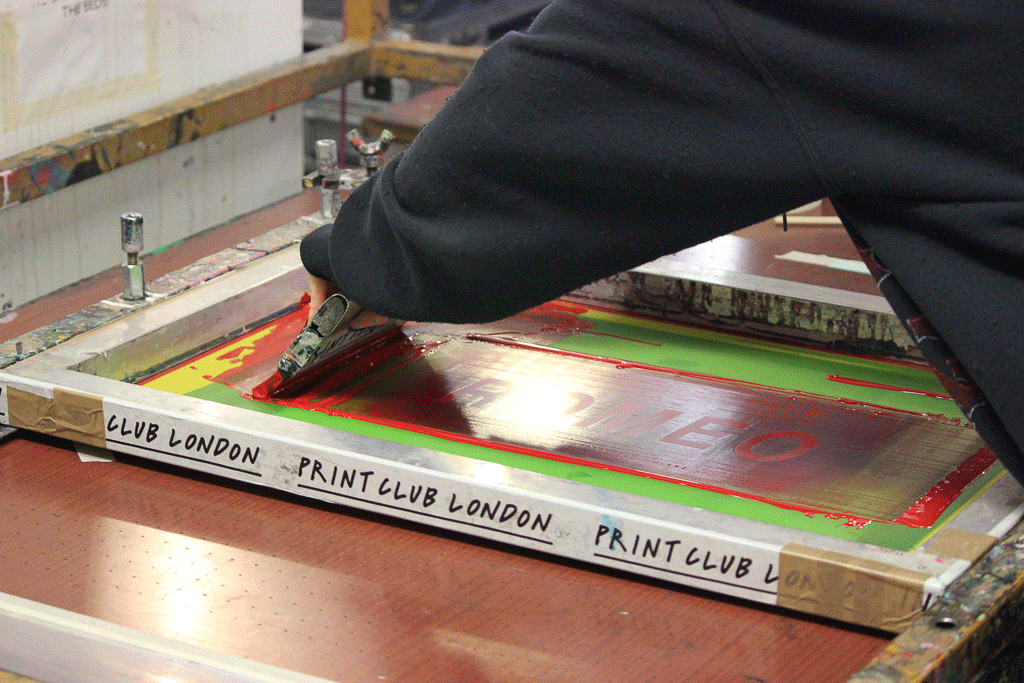ChatGPT said: 10:9 Design reviews: uncovering the pros and cons
The Essential Guide to Understanding Screen Printing and Its Versatile Uses
Screen printing has an abundant history that dates back to ancient times, advancing into an advanced method made use of throughout various markets today. This guide checks out the details of the screen printing procedure, outlining its applications in home, advertising, and fashion style - 10:9 Design Embroidery. Recognizing these basics can open up creative potential for both imaginative and commercial tasks. The following areas will certainly reveal vital pointers and techniques to enhance one's screen printing undertakings
The Background of Screen Printing
Although screen printing has roots that trace back centuries, its development shows the imaginative and technical advancements of various societies. Stemming in old China, the method was originally utilized for enhancing fabrics and later spread to Japan, where it became integral to Ukiyo-e woodblock printing. The approach moved to Europe in the 18th century, where it acquired appeal among craftsmens and business printers. The creation of photo solution in the 20th century transformed screen printing, permitting more complex designs and higher efficiency. Musicians like Andy Warhol better propelled its popularity, using the tool to develop renowned jobs that combined commercialism and fine art. By the late 20th century, screen printing had actually established itself as a versatile method, used in vogue, marketing, and art. Today, it continues to evolve, incorporating electronic innovation and expanding its applications across different sectors.
The Screen Printing Process Explained
Screen printing transforms imaginative visions into tangible styles via a series of accurate steps. At first, a picture is produced and after that moved onto a screen, normally made of fine mesh textile extended over a framework. A light-sensitive emulsion is related to the screen, which is subjected to light, setting in locations not covered by the picture. After rinsing the unhardened emulsion, a stencil is created.
Next off, the screen is put over the substratum, whether it be material, paper, or another material. Ink is then pushed with the open locations of the stencil utilizing a squeegee, transferring the style onto the substrate below. This process can be duplicated for numerous shades, needing different screens for each and every hue. The printed product is healed utilizing warm to ensure the ink adheres correctly, resulting in a resilient, vibrant style all set for usage.
Kinds Of Screen Printing Techniques

In addition, specialty techniques, such as discharge screen printing, eliminate color from the fabric to create softer prints, while aluminum foil screen printing uses metal aluminum foil to attain a shiny coating (10:9 Design LLC Company). Each method provides distinctive characteristics, dealing with various creative needs and production scales, ultimately increasing the opportunities within the screen printing domain name
Applications of Screen Printing in Different Industries

Additionally, the signage and advertising sectors make use of screen printing for producing captivating screens and banners. This method permits strong colors and complex layouts that catch attention. In electronics, screen printing is utilized for applying conductive inks to motherboard, crucial for element connections. In addition, the home style market welcomes screen printing to create distinctive layouts on textiles and wall surface art. On the whole, screen printing functions as a critical tool throughout diverse areas, enhancing items with personalized and visually enticing graphics.
Tips for Successful Screen Printing Projects
While taking on a screen printing job, cautious attention to detail can substantially enhance the last outcome. First, picking premium materials is essential; this includes the screen, inks, and substratums. Utilizing ideal mesh counts can impact ink deposition and information resolution. Prep work is just as essential; detailed cleaning of screens and appropriate direct exposure times ensure crisp prints.
Next, precise enrollment is critical for multi-color prints. Using positioning devices can aid achieve precise layering. Furthermore, screening prints on scrap products prior to manufacturing assists identify potential problems without losing sources.

Frequently Asked Questions
What Products Are Best for Screen Printing on Fabric?
Cotton and polyester blends are ideal for screen printing on textile as a result of their toughness and ink absorption. Additionally, specialty materials like silk or canvas can generate distinct textures and coatings, boosting the overall style top quality.
How Do I Clean and Maintain Screen Printing Devices?
To clean and maintain screen printing tools, one should consistently wash screens with proper solvents, evaluate squeegees for wear, lube relocating parts, and store all products in a completely dry, dust-free environment to extend their life expectancy.
What Are the Ecological Influences of Screen Printing?
Screen printing can have significant environmental effects, consisting of chemical waste from solvents and inks, water use during cleaning processes, and energy consumption. Sustainable methods and green materials are important for lessening these unfavorable impacts.
Can Screen Printing Be Done in your home Properly?
Screen printing can be effectively done at home with more info the ideal materials and methods. Enthusiasts can produce high quality prints, though success depends on their skill degree, tools, and understanding of the procedure entailed.
What Are the Prices Connected With Beginning a Screen Printing Company?

Beginning a screen printing service involves expenses for equipment, products, and office. Initial costs usually range from a couple of hundred to several thousand bucks, depending upon the scale, quality of equipment, and preferred manufacturing capability.
Screen printing has an abundant history that dates back to old times, progressing into an innovative method utilized throughout different industries today. An additional technique, rotating screen printing, employs cylindrical displays, helping with continual printing on fabric rolls, therefore enhancing effectiveness for large manufacturings. Additionally, specialized techniques, such as discharge screen printing, get rid of dye from the textile to create softer prints, while aluminum foil screen printing applies metallic foil to achieve a shiny surface. In the fashion sector, screen printing is commonly made use of to develop dynamic layouts on apparel, allowing brand names to display their distinct designs. Cotton and polyester blends are perfect for screen printing on material due to their resilience and ink absorption.